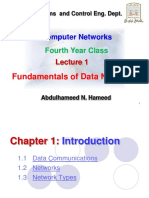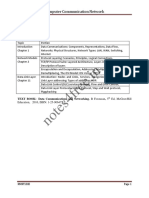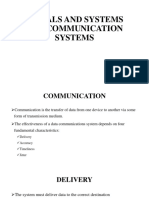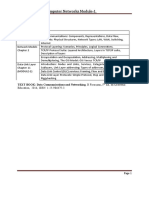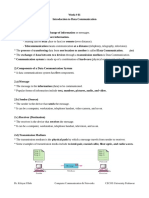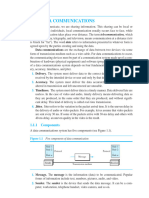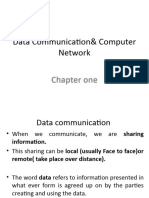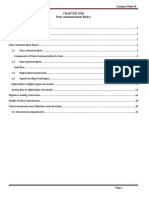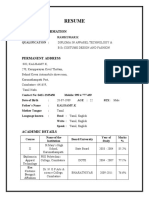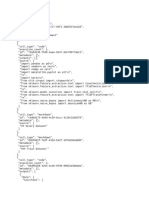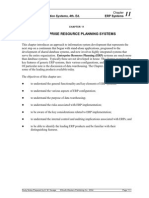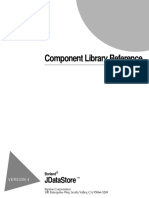0% found this document useful (0 votes)
35 views16 pagesLecture 1 Introduction
This document provides an introduction to computer networks and data communications. It discusses the key components of a data communication system including the message, sender, receiver, medium, and protocols. It also describes how data is represented in digital form for different media like text, numbers, images, audio and video. Furthermore, it explains the different modes of data flow in communication systems like simplex, half-duplex and full-duplex and provides examples of each. The goal is to introduce students to fundamental concepts in computer networks and data transmission.
Uploaded by
Anuska GhoshCopyright
© © All Rights Reserved
We take content rights seriously. If you suspect this is your content, claim it here.
Available Formats
Download as PPTX, PDF, TXT or read online on Scribd
0% found this document useful (0 votes)
35 views16 pagesLecture 1 Introduction
This document provides an introduction to computer networks and data communications. It discusses the key components of a data communication system including the message, sender, receiver, medium, and protocols. It also describes how data is represented in digital form for different media like text, numbers, images, audio and video. Furthermore, it explains the different modes of data flow in communication systems like simplex, half-duplex and full-duplex and provides examples of each. The goal is to introduce students to fundamental concepts in computer networks and data transmission.
Uploaded by
Anuska GhoshCopyright
© © All Rights Reserved
We take content rights seriously. If you suspect this is your content, claim it here.
Available Formats
Download as PPTX, PDF, TXT or read online on Scribd
/ 16
